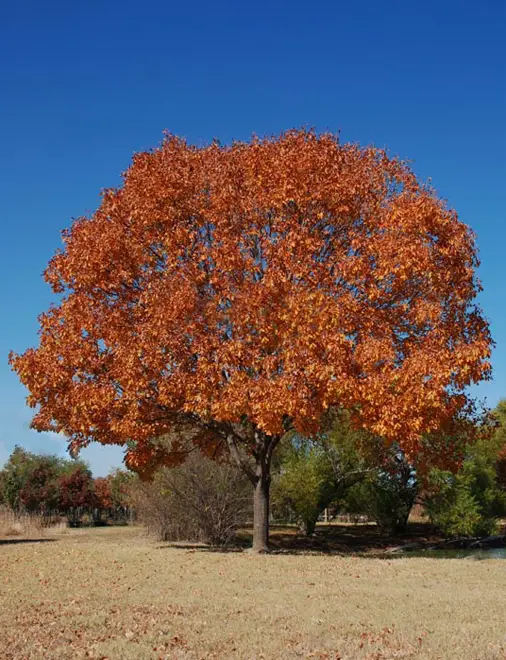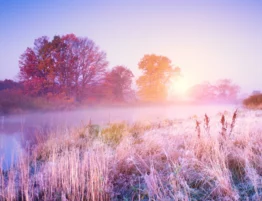
Winter in Texas may not conjure up images of snow-covered landscapes (although it’s common up around Amarillo in the panhandle), but the Lone Star State has its own unique charm during the colder months. One aspect of nature that often goes unnoticed is how trees adapt and survive in the winter. In this blog post, we’ll explore some fascinating facts about the resilience of Texas trees in the face of the winter chill.
Evergreen Marvels
Texas is home to a variety of evergreen trees that retain their leaves throughout the year. This adaptation is a clever strategy to maximize photosynthesis during the milder winter months. Pine trees, such as the Loblolly and Longleaf Pine, proudly display their green foliage even when other deciduous trees are bare.
Dormancy Dance
Many deciduous trees in Texas enter a state of dormancy during the winter. This is a survival tactic to conserve energy when the days are shorter, and temperatures drop. Oak trees, for example, shed their leaves and redirect resources to the roots for winter storage.
Water-Wise Strategies
In Texas, where water conservation is always a concern, trees have developed water-wise strategies to endure winter dry spells. Some species, like the Ashe Juniper, are adapted to thrive in arid conditions, making the most of the limited water supply during the winter months.

Freeze-Resistant Adaptations
While Texas winters are generally mild, occasional freezes are not uncommon. Trees, such as the Texas Ash and Bald Cypress, have developed mechanisms to withstand freezing temperatures. Their cellular structure allows them to endure brief cold snaps without sustaining significant damage.
Frosty Bark Insulation
Tree bark plays a crucial role in protecting the delicate tissues beneath. In winter, the bark of many Texas trees thickens, providing insulation against extreme temperature fluctuations. This adaptation helps trees like the Pecan and Texas Redbud weather the occasional cold fronts that sweep through the state.
Winter Bloomers
Contrary to common belief, some Texas trees showcase their blossoms during the winter. In South Texas, the Mexican Plum, for instance, graces the landscape with delicate white flowers even in the heart of winter, adding a touch of beauty to the frosty scenery.
Wildlife Partnerships
Texas trees have formed intricate partnerships with local wildlife to aid in their survival during the winter. Birds and mammals often rely on trees for shelter and food, creating a mutually beneficial relationship that helps both parties weather the colder months.
As winter unfolds in Texas, take a moment to appreciate the silent resilience of the trees that dot the landscape. Whether evergreen or deciduous, each tree has its own story of adaptation and survival, contributing to the unique beauty of winter in the Lone Star State. So, next time you venture outdoors, spare a thought for the arboreal wonders that continue to thrive even when temperatures drop.






